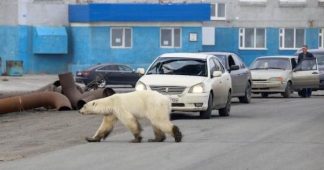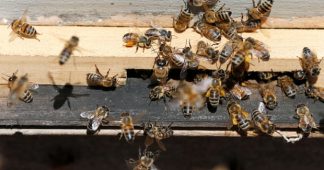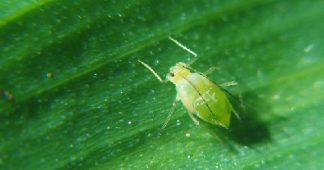Scientists map out threats faced by thousands of species of birds, mammals and amphibians
By Lisa Cox
March 12, 2019
More than 1,200 species globally face threats to their survival in more than 90% of their habitat and “will almost certainly face extinction” without conservation intervention, according to new research.
Scientists working with Australia’s University of Queensland and the Wildlife Conservation Society have mapped threats faced by 5,457 species of birds, mammals and amphibians to determine which parts of a species’ habitat range are most affected by known drivers of biodiversity loss.
The project is from the same team of researchers that found just five countries are responsible for 70% of the world’s remaining wilderness.
The new research, published in PLOS Biology, maps “hotspots” where species are most affected by threats such as agriculture, urbanisation, night lighting, roads, rail, waterways and population density, and “coolspots” that provide refuge from these threats.
The team looked only at threats that were known to affect a species within its habitat range and found that for the majority of wildlife studied, intrusions were “extensive” across most habitat, “severely limiting the area within which species can survive”.
They said most concerning was their finding that 1,237 species – nearly a quarter of the animals assessed – were affected by threats across more than 90% of their distribution.
The situation was worse for 395 species, or 7%, which were found to be affected by at least one relevant threat across their entire habitat range.
Read more atwww.theguardian.com











